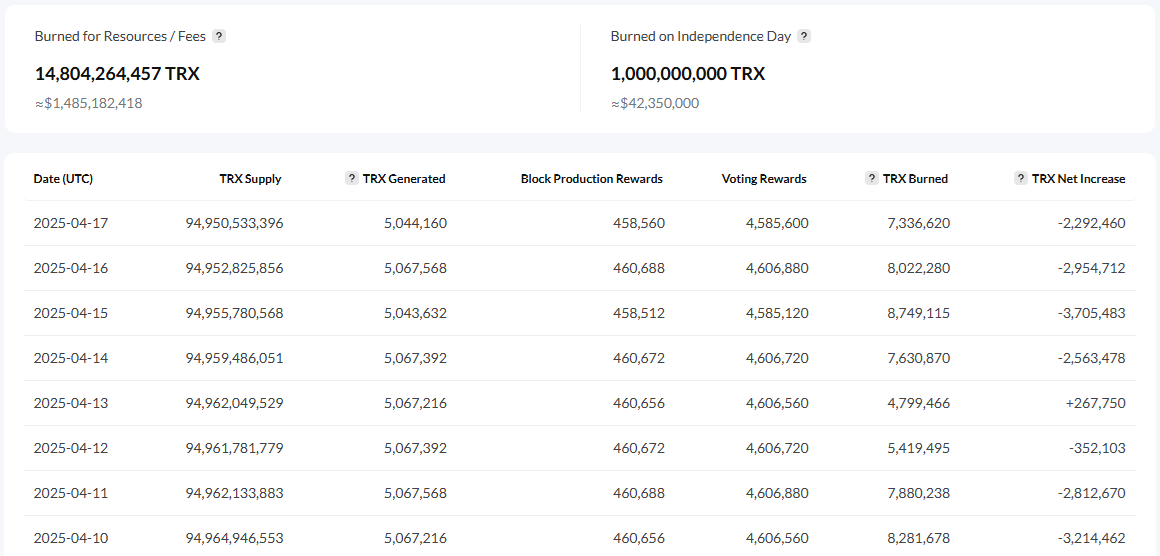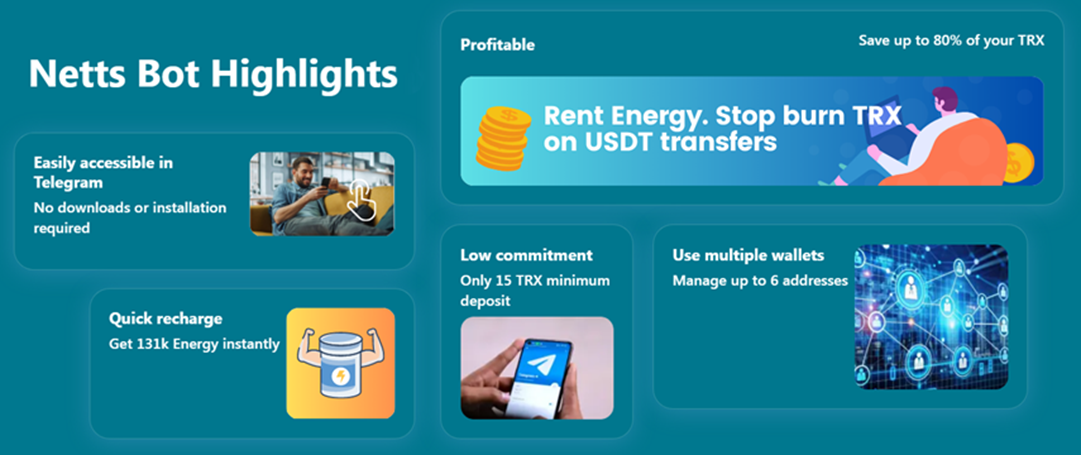Why USDT Transfer Fees on Tron Keep Changing
You have probably noticed that when transferring USDT stablecoins in the Tron network, the transaction fee is sometimes different. Moreover, in some cases it can differ several times. Of course, you are interested in how to ensure that you do not overpay for interactions with TRC-20 tokens, such as the network’s most popular stablecoin tied to the US dollar exchange rate – USDT.

Tron blockchain has provided its users with enough opportunities to manage their assets economically. The main thing is to study these opportunities well and be able to maneuver, also using friendly services that help to get resources for paying for transactions much cheaper.
We will explain what factors influence the size of fees when working with blockchain stablecoins, and how you can significantly reduce the cost of these operations, saving your TRX, including with the help of rental services.
What Affects the Fee Size on the Tron Network?
First of all, you should know what resources of your wallet can be used to pay for transactions. Newbies mistakenly believe that payment for interaction with smart contracts and stablecoins is limited only by such a network resource as Energy. This is a very important resource that compensates for the blockchain's costs for computing and energy capacity.
But we must not forget about the Bandwidth resource, which provides network throughput and is also included in the cost of transactions not only in regular transfers of Tron's native currency in TRX tokens or when working with TRC-10 standard tokens, but also in transactions when interacting with smart contracts and transferring stablecoins.
What else should you remember besides the purpose of these two types of Tron blockchain resources?
Bandwidth
The Tron ecosystem daily replenishes each user's wallets with this resource for free; at the time of writing, the replenishment volume is 600 units. It is mainly used for TRX transfers. It is enough for a couple of simple transfers. If you exceed the Bandwidth limit on your wallet, the network will spend your TRX on commission without warning.Energy
The resource is not given out for free by the blockchain, it will have to be "mined" independently, we will talk about the methods below. It is necessary for the execution of smart contracts, including USDT transfers. If during the transaction the resource supply on the user's wallet runs out, the blockchain starts burning TRX without warning and stopping the transaction, which significantly increases the commission.
Energy reserves in the wallet directly affect the size of the transaction fee when working with TRC-20 standard tokens (USDT, DApps, other types of smart contracts).
Why Might Fees Change?
Some of the factors that directly affect the size of the transaction fees in the Tron network can already be identified from the previous information, but there are other points that you should pay attention to when interacting with TRC-20 standard tokens.
- Energy volume in the wallet → It should be enough for all planned transactions. The larger the reserve, the lower the commission will be, since the system will not have time to "get" to your TRX.
- Tron network activity at the time of the transaction → When the network is heavily loaded, the costs of computing and energy capacity, as well as ensuring network throughput, may increase.
- Transaction type → Transactions involving interactions with TRC-20 tokens (USDT transfers, development and interaction with smart contracts, including DApps) are more expensive than transactions involving TRC-10 tokens.
- The state of the wallet you are transferring USDT to → If it already has these stablecoins (any amount), the fee will cost you 13.4 TRX, and the cost of the transaction when transferring to a wallet that does not have this cryptocurrency will be twice as expensive. Moreover, the volume of USDT does not affect the size of the fee – you will be charged the same amount of TRX for 1, 0.01, or 1000 USDT.
Your goal is to eliminate as much native currency as possible from TRC-20 token transaction fees by replacing TRX with Energy. Look at how much TRX is burned every day – let’s try to avoid this:

The aforementioned transaction cost of 13.4 TRX is approximately equal to 64,000 units of Energy. And under certain conditions, this amount can cost you significantly less. For example, for USDT transfers, which we are talking about, the commission can be reduced by up to 80% if renting Energy.
Conclusion: To minimize fees for transactions with TRC-20 tokens, including USDT transfers, you should ensure that you have a significant amount of Energy in your wallet.
How to Minimize Fee Costs?
The most effective ways to reduce costs involve either having a large supply of TRX or using special services.
TRX Staking
For a certain period of time, the user provides part of their assets in TRX for use by the Tron network. In gratitude, you receive any of the ordered resources from the blockchain – Energy or Bandwidth. This is only beneficial to large TRX holders who can afford to freeze a significant portion of their assets for a long time. In addition to receiving resources, the user will also be credited with annual fees.
The disadvantage of this method is that not every user can allocate more than 20,000 TRX for staking – that’s exactly how much is needed to consistently receive Energy for two USDT transfers per day.
You can also provide a portion of your TRX to manage the blockchain through community-selected representatives who generate blocks. But in this case, the result also depends on the invested funds of each – resources are distributed proportionally. And do not forget that you will not be able to release frozen TRX even in extreme cases until the established staking period ends.
But the Tron blockchain is distinguished by its great flexibility and the attraction of friendly services to meet the needs of users.
Energy Renting
The eco-platform has launched a number of its own Energy rental services, but does not object to the participation of Tron enthusiasts in this process – users who are ready to provide this most accessible, economical, and efficient way to obtain the necessary volumes of Energy.
For those who constantly interact with TRC-20 tokens – for example, regularly and frequently transfer USDT – renting Energy is the most optimal solution for significantly reducing transaction costs. The main thing is that you don’t need to have a significant amount of TRX in stock to do this.
Using NETTS Service
The NETTS service was created specifically to relieve Tron network users from problems due to the lack of Energy when working with TRC-20 standard tokens like USDT.
Here are the benefits that NETTS provides:
- Transfer USDT (and other TRC-20 tokens) even without TRX on your balance – NETTS will take care of a sufficient amount of Energy for you for a symbolic fee in the same USDT.
- Avoid freezing your TRX – NETTS takes care of that while you freely use your assets.
- Use a convenient application that includes a mini-bot in Telegram and combines wallet and resource management.
- Use Workspace to set up a trigger for a certain amount of Energy – once this trigger is reached, your balance will automatically recharge. Minimum deposit: 20 TRX. Use Host mode for 1k+ transactions to ALWAYS have Energy available during the day - only 6.45 TRX per transfer!
Conclusion: For frequent USDT transfers, renting Energy is the optimal solution to reduce fees.

Avoid overpaying for transactions and let a renting service minimize fees by providing the required amount of Energy.
Stop burning TRX – NETTS will give you the Energy you need to cut up to 80% of your TRX costs.